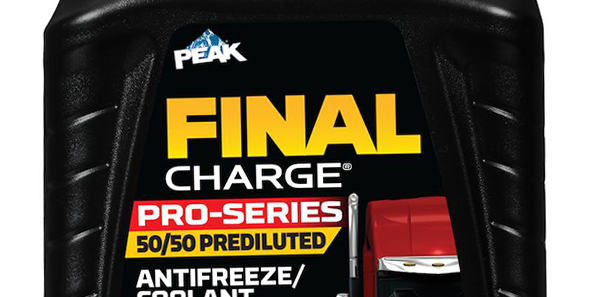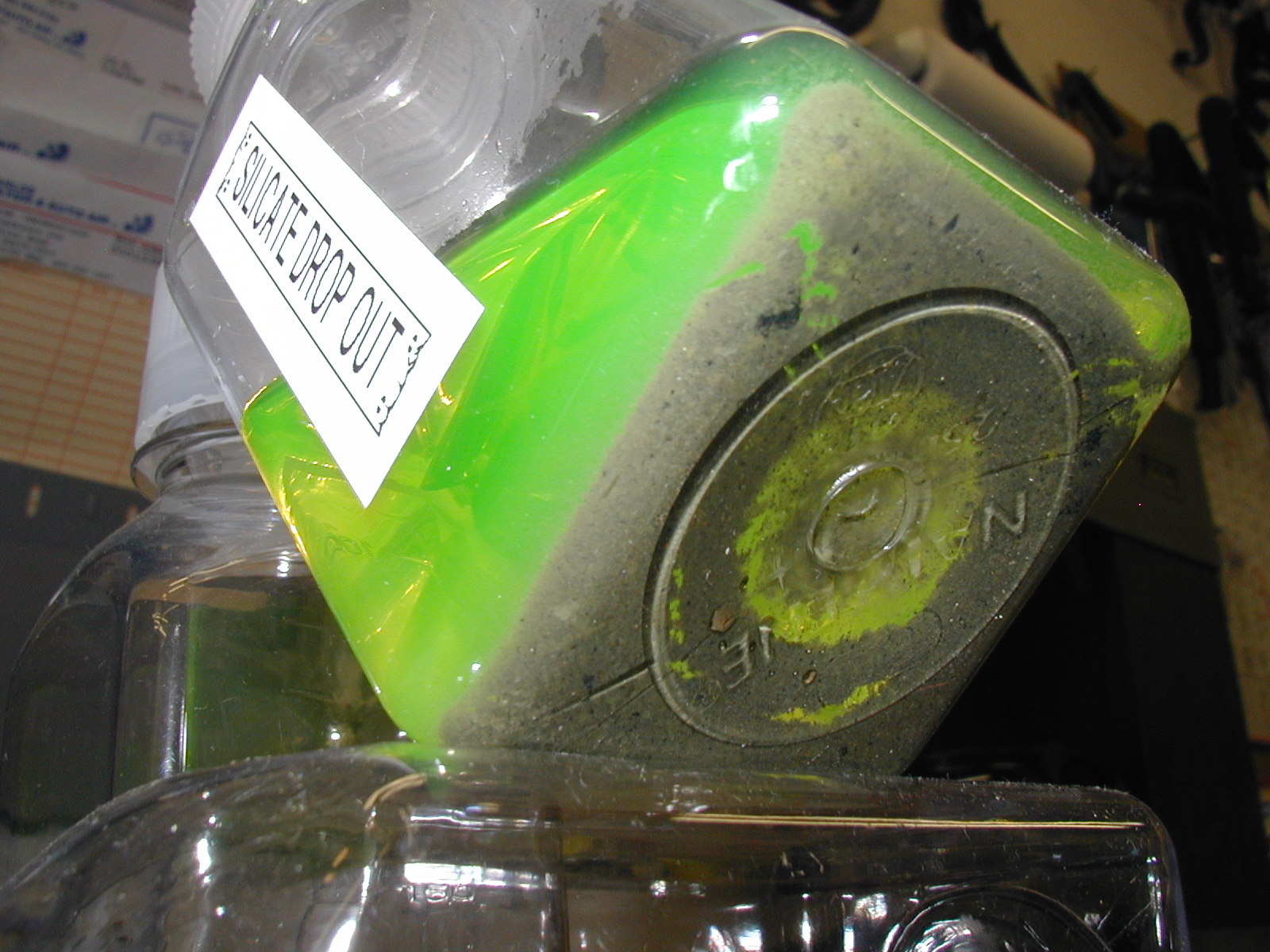
Old World Industries Final Charge Pro-Series with Heavy Duty Coolant Technology - Engine Builder Magazine
FINAL CHARGE® PRO-SERIES Antifreeze/Coolant is free of nitrite and 2-ethylhexanoic acid and is compatible with all system gaskets and hose materials.
PDS: https://asset.productmarketingcloud.com/api/assetstorage/2482_de79dd80-b5d8-42c2-aaa6-7d00f46acddd
Assuming you perform a full flush, is there any reason why HD coolant cannot be used in light-duty passenger cars? Are there any material compatibility issues to be concerned with?
Based on the advertisements, it seems like the HD coolants may be a superior choice than most passenger car coolants, but it could just be marketing.
Last edited:

